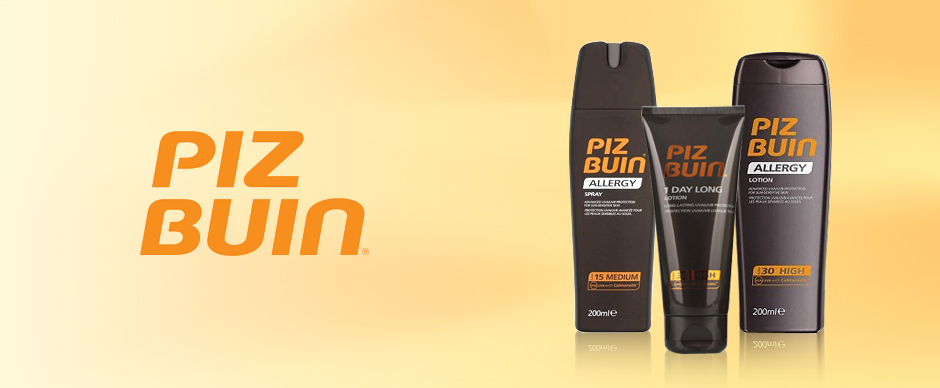
What is sun radiation?
The sun is essential to our life here on earth - not only does it provide us with life-giving energy, but is also the major factor in determining our weather and climate. Solar radiation from the sun consists of a broad variety of rays; some are blocked by the ozone layer however others pass through. While some solar radiation is visible, other rays are invisible and can have a negative impact on our health.
- Visible light - visible light accounts for around 39% of the sun’s radiation and brings us all of the colours that we can see with the naked eye.
- Infrared (IR) rays - this type of radiation transports heat energy in order for us to feel heat and makes up 56% of sun rays.
- Ultraviolet (UV) rays ? this is a type of radiation that we are all aware of because they can cause damage to our skin. UVA rays are 4.9% of sun radiation and UVB are just 0.1%, while UVC rays are absorbed by the earth’s atmosphere and are blocked by the ozone layer.
Although the sun makes life on earth possible, we need the correct sun protection in order to prevent our skin from the damaging effects that it can have. We will never know too much about the sun and the effects of its radiation, so we need to ensure that our skin receives optimum and effective protection so that we can enjoy the sun responsibly.
UV rays:
We’ve all heard of UV rays and we should also be aware that they can cause damage to our skin. We can’t see or feel UV rays of any kind but it can affect us in both positive and negative ways; certain UV rays provide our bodies with vitamin D however overexposure can result in skin cancer and premature skin ageing. Ultraviolet light is divided into UVC rays that are completely absorbed by the ozone layer, UVB rays that are mostly absorbed but can still pass through to earth and UVA rays that not absorbed at all and reach the earth straight away.
- The intensity of radiation depends on various factors including the time of year, time of day, latitude, altitude, ground reflections and weather conditions
- 80% of UV rays can penetrate through clouds, meaning that our skin can even be affected when it’s cloudy
- Sitting in the shade can reduce UV exposure by 50% or more
- 60% of UV rays occur between 10am & 2pm, which is why we’re always told that the sun is at its strongest around midday
- UV radiation increases by 4% every 300 metres in altitude
- Clean snow can reflect up to 80% of UV rays, water can reflect up to 25% and white sand can reflect up to 15%
- Even half a metre under water, UV rays are still 40% as intensive as at the surface.
All products from Piz Buin contain advanced UVA and UVB protection to ensure that you receive highly effective protection from these particular rays. Keeping on top of your sun protection is the best way to receive the best of the sun while staying safe at all times.

